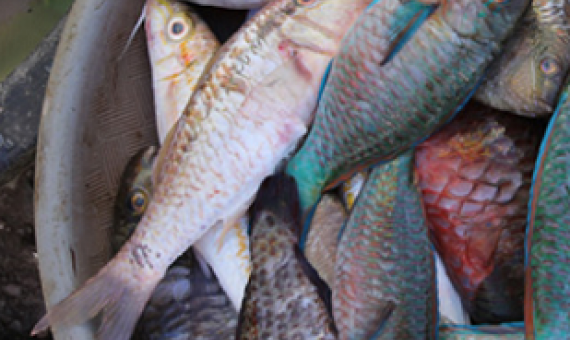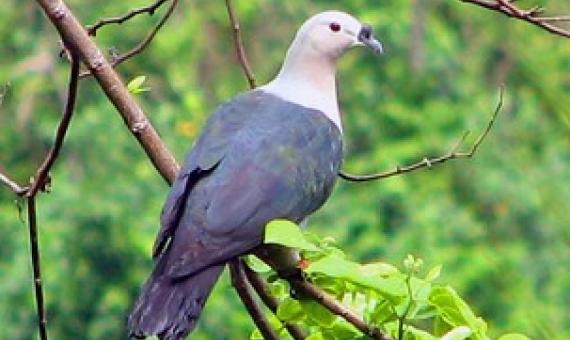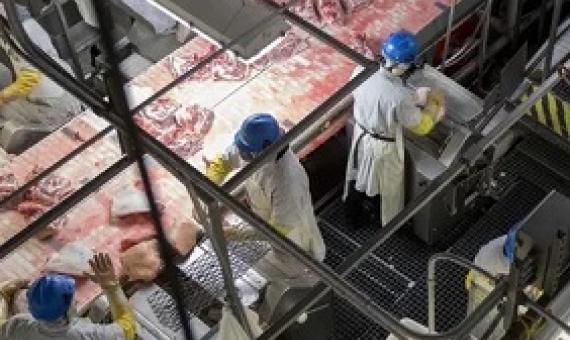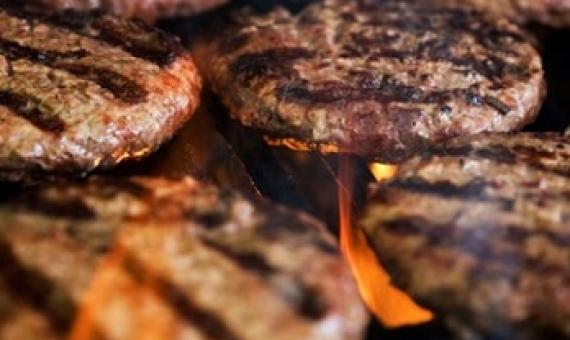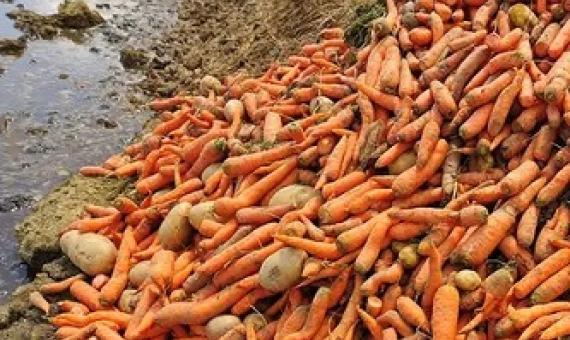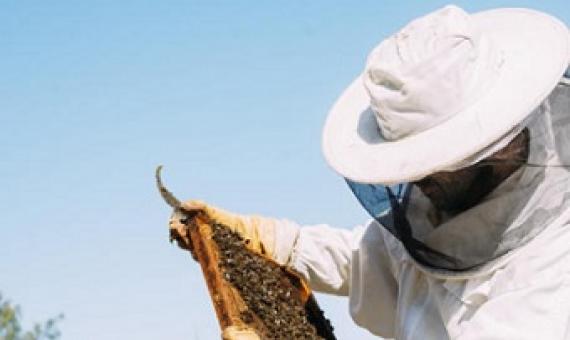Demand for food is set to rise substantially in the coming decades, which raises a question: How well can the ocean fill the gap between current supply and future need?
The shooting season for Lupe – fruit pigeon and Peka – bats has now reopened.
A key to solving global hunger—which is predicted to intensify during the COVID-19 pandemic—may lie in the ocean. In fact, the ocean could produce up to 75 percent more seafood than it does today, and drive sustainable economic growth, according to Stanford's Rosamond Naylor and Jim Leape.
CU Boulder researchers have developed a method that could enable scientists to accurately forecast ocean acidity up to five years in advance.
It was bats. Or pangolins. To hear common narratives about the origins of Covid-19, there is a simple causal relationship between China’s consumption of wild animals and the coronavirus ravaging the globe.
Congresswoman Aumua Amata is urging President Trump to reopen fishing access as a matter of national food security during the worldwide economic and health crisis.
Almost one-third of the water used in the western United States goes to crops that feed cattle. Eating beef isn’t just bad for the climate.
Consumers around the world could be wasting more than twice as much food as thought, according to an analysis that says previous estimates have been gross underestimates.The Food and Agriculture Organization of the United Nations (FAO) said in 2011 that around a third of food is lost or
"Climate chaos" has caused widespread losses of bumblebees across continents, according to scientists. A new analysis shows the likelihood of a bee being found in any given place in Europe and North America has declined by a third since the 1970s.
The 24 countries and territories of the Pacific are united behind a call for a Climate Change resolution to come out of the 16th meeting of the Western Central Pacific Fisheries Commission (WCPFC16) taking place in Papua New Guinea...“The [FFA] membership are calling for strong action by the Tuna

